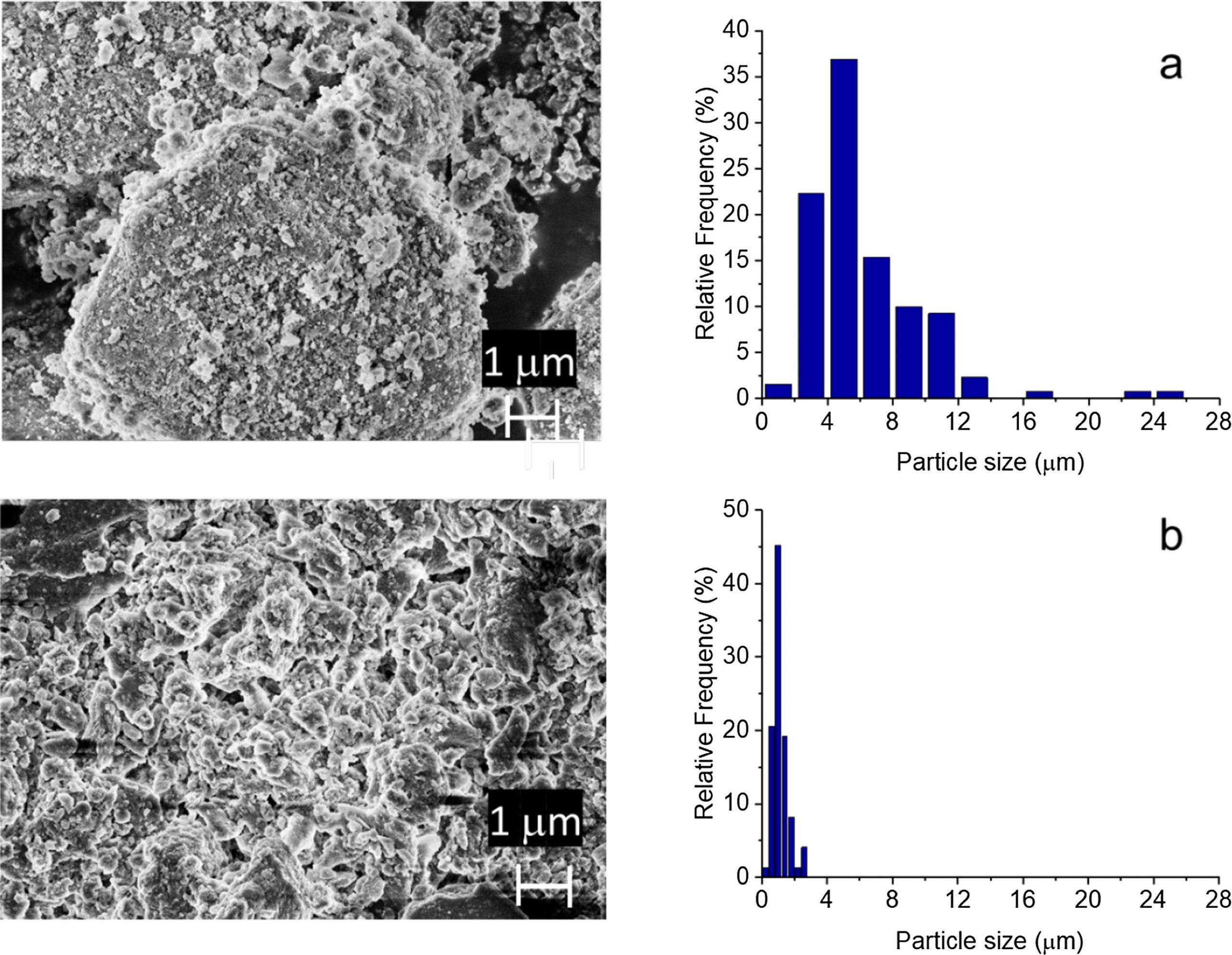Microreactor technology in experimental and modelling study of alcohol oxidation on nanogold
Luca Mastroianni, ZuzanaVajglová, Kari Eränena, Markus Peurlac, Martino Di Serio, Dmitry Yu. Murzin, Vincenzo Russo, TapioSalmi
Chemical Engineering Science Volume 260, 12 October 2022, 117920
https://doi.org/10.1016/j.ces.2022.117920
Abstract
Selective oxidation of methanol, ethanol, 1-propanol and 1-butanol to corresponding aldehydes was performed in a microreactor in the presence of a Au/γ-Al2O3 coated catalyst. Nanoparticle size distribution, acidity, specific surface area and the average pore size as well as uniformity and thickness of the coating layer were evaluated with relevant characterization techniques. The experiments were designed to reveal the effect of temperature, residence time and oxygen-to-alcohol ratio on both alcohol conversion and product distribution. Stability and repeatability of the coating procedure was successfully demonstrated. To describe the reaction kinetics, plausible kinetic equations were implemented in a pseudo-homogeneous plug flow model, which turned out to be an adequate approximation to describe the flow pattern in the microreactor. Non-linear regression analysis enabled the determination of the rate and adsorption parameters included in the kinetic model. An advanced kinetic and mass transfer model was developed to reveal the impact of the diffusion inside the catalytic washcoat layer, confirming that molecular diffusion is not a limiting factor for alcohol oxidation in the microreactor.

